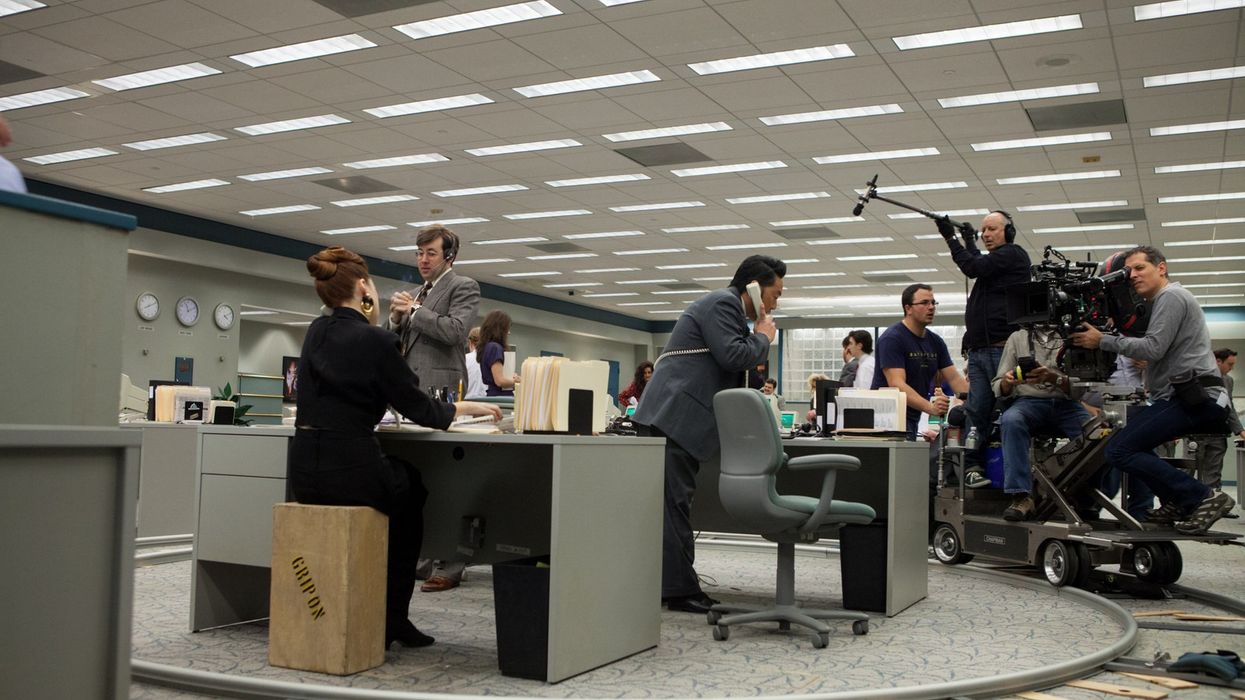4 Camera Techniques All Beginner Filmmakers Should Know
If you're new to filmmaking, here are some basic camera techniques that you'll want to work on.

In the early days of cinema, around the late 1880s, the camera was a stationary storyteller. The technology at the time relegated it to capturing scenes played out right in front of it (usually in a wide shot) because the tripod allowed for zero movement. However, in 1903, director Edwin S. Porter and cinematographer Blair Smith were one of the first filmmakers to incorporate a pan into a film (The Great Train Robbery), and since then, cinematic technology has continued to reach new heights, giving directors and DPs more and more ways of harnessing the power of the moving camera.
So, what's the deal with this history lesson? Well, it's simple. Today, we have gimbals and ball heads and friggin' miniature RC quadcopters that can shoot aerials of an entire city, so we often take simple camera movements for granted, like the pan, tilt, dolly, and boom. In this video, Fandor's Jacob T. Swinney goes over these four different camera moves in hopes of explaining their significant contribution to storytelling.
This is very basic stuff and I imagine most of you already know about some, if not all, of them. However, that's only the first step. You also have to know what these camera moves communicate to the audience, otherwise you'll be throwing them around carelessly without much thought as to how they're affecting your story.
What does a pan say as opposed to a tilt? How does a dolly-in change the way an audience feels about a character versus a boom? Which kind of shot should you use for each of your shots and why? These are the questions that so many young filmmakers gloss over as they plan their shoot during pre-production, often opting for the shot that looks the coolest and more "cinematic." The irony, though, is that what makes a shot "cinematic" isn't really about aesthetics, it's about storytelling. A shot that tells a story visually is more "cinematic" than a shot that looks like it belongs in a movie.
So, as you begin to compile your shot list, pay close attention to each of your camera movement options. Do they help inform your audience about what's going on on-screen? Do they give your audience insight into what your character is thinking or feeling? There are so many other things a simple camera move can do to help you tell your story, but I'd say that's a great place to start.
Source: Fandor










![Ethos, Pathos, Logos: 20 Effective Ways to Advertise [Infographic]](https://nofilmschool.com/media-library/ethos-pathos-logos-20-effective-ways-to-advertise-infographic.jpg?id=34064614&width=600&height=600&quality=90&coordinates=560%2C0%2C0%2C0)

